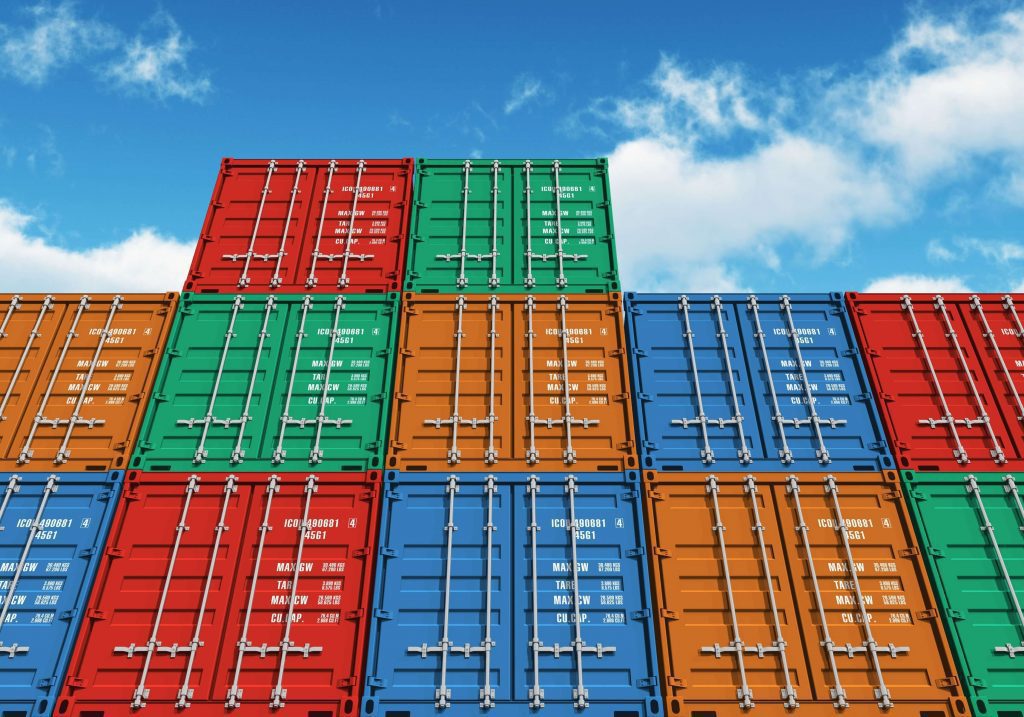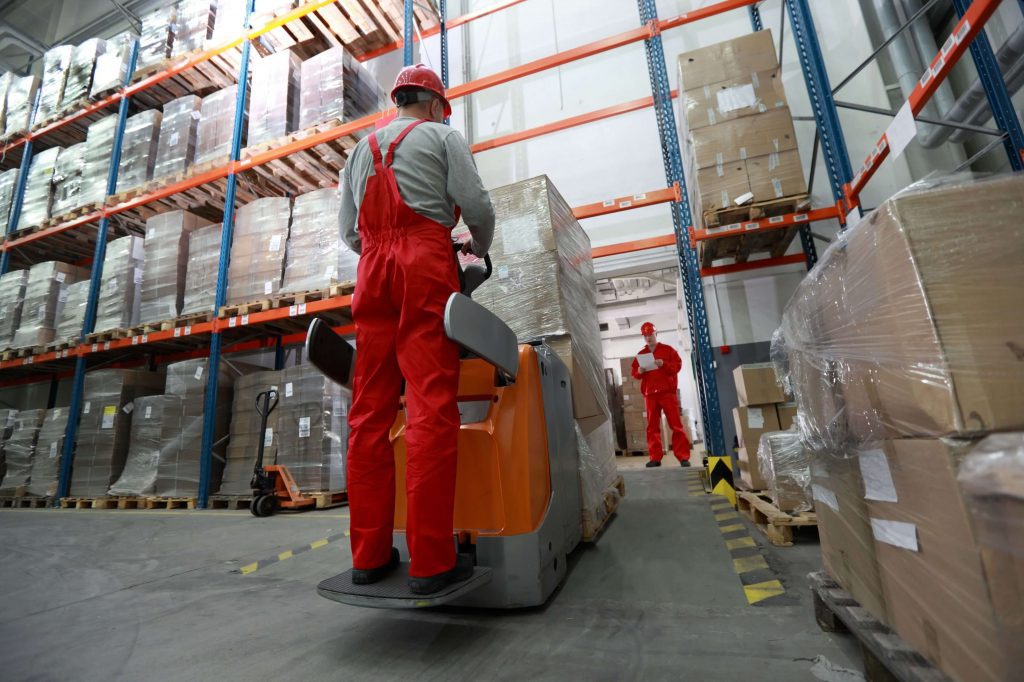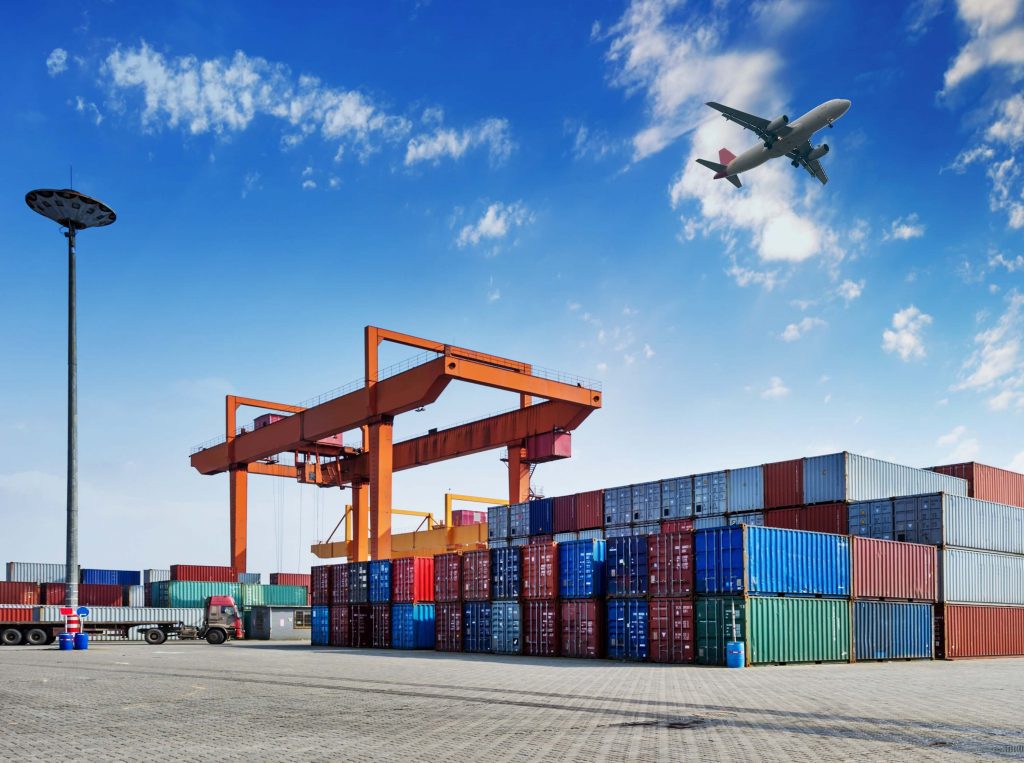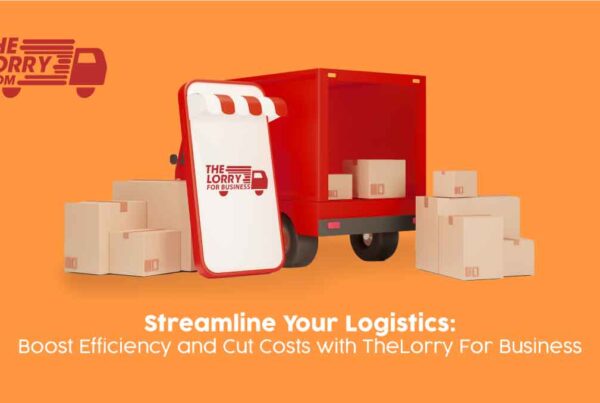
The transportation needs of any business must be managed strategically to work towards the best savings. To begin, it is important to work with bottom line numbers, all points considered, to choose the most cost effective methods of shipping for a determined route. The following 6 points show what to learn/look for in order to control the overall costs of logistics.
1. Freight Network
The best logistics manager/team will understand the industry. They will know the best way to manipulate and oversee the flow of transportation to optimize timely delivery. Managing the freight network is the most important job of shipping goods and a business may handle internally or use a third party.
Just as an internal shipping manager would be, the third party logistics provider (3PL) is responsible for taking goods from Point A to Point B in the most cost efficient and timely manner.
Hiring a 3PL may be preferable if your business is looking to scale fast – as it would allow you to utilise their existing assets (warehouse, lorries), networks, relationships and industry expertise. As some 3PLs have agreements to carry massive volumes, they may be able to offer your business competitive rates.

2. Consolidation
Imagine you have only a few cartons of goods to be delivered from Kuala Lumpur to Penang. Chartering a full 1 tonne lorry (which may cost you RM500-600) may not be cost effective. Courier may not be an option as their rates can be expensive.
One of the ways you could save cost is through consolidation. A consolidator will pick up your shipment and consolidate them with other shipments and build up a full load.
To illustrate, say you have 3 cartons of goods and based on cost considerations you are willing to pay up to RM100. Another customer would have another 5 cartons of goods and willing to pay RM150. The consolidator’s job is to maximise capacity by filling up his lorry with as many goods as possible.
Some consolidators can provide fast delivery (next day) but some may only be able to deliver after 2-3 days. It is important for you take this into account when deciding on which service to engage.
3. Purchasing Insurance
The worst thing that could happen is when you customers receive items that are damaged. Worst yet, items could go missing en route.
It’s best to purchase cargo insurance as well as goods-in-transit insurance so that you are well-protected in any eventuality. Some transporters/3PLs would offer GIT insurance which covers any lost/damage cases due to the negligence of the driver during transit. It is an additional cost but it would give your business a piece of mind.

4. Software Solutions
With modern technology, many processes may be automated and save a business much time. Software solutions exist that can provide fast preparation of shipping documents which often eliminates careless errors. Delivery time may be improved by automated procedures because important processes can be handled without errors or delays.
This ultimately results in optimum customer satisfaction.

5. Supply chain issues
Your business might face supply chain problems that may result in costly remedies. For instance, if there is a delay in delivery of a full shipment, you might feel the need to send goods at an express rate to appease customers.
When such a situation occur, you may find benefit in splitting a shipment so that only the quantity needed to be expedited will go on express delivery while the balance can go at a more affordable rate with a standard service.

6. Types of Transportation
If you have an export business (say a electronics business that ships to Thailand), a judgment call has to be made as to whether you’d like to send items via air, sea or road and decide on the most cost effective option.
Sending items via road will be cheaper but will take longer but it will be cheaper than air or sea.
As a rule of thumb, you could perhaps sort your shipments into Urgent and Non-Urgent. For Urgent shipments, it makes sense to send via air – although it will cost you an arm and a leg. For Non-Urgent it will be more cost effective to send via sea or road, depending on the quantity and location of delivery.
A 3PL would be able to advise you on all these options. It is wise to get at least 3 quotations from different carriers to understand the market rates.




 MY – EN
MY – EN Singapore
Singapore Indonesia
Indonesia